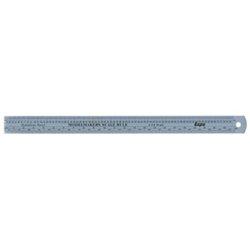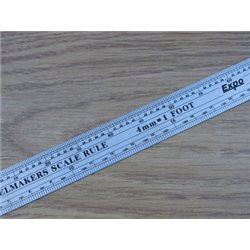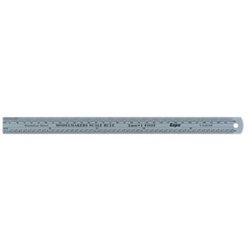Static grass puffer bottles work by manually charging model grass fibres with static electricity. When the charged...
No products
Product successfully added to your shopping cart
There are 0 items in your cart. There is 1 item in your cart.
Search Tips
How do you determine the scale of a model ?
The scale of a model is a ratio that compares the size of the model to the size of the real-life object it represents. For example, a model car that is 1/24th the size of the actual car would be considered a 1:24 scale model.
To determine the scale of a model, you can use a ruler or other measuring tool to measure the length of the model, and then compare it to the length of the real-life object it represents. The ratio of the length of the model to the length of the real-life object is the scale of the model.
Another way to determine the scale of a model is by looking at the manufacturer's specifications or the packaging of the model. Many manufacturers will clearly state the scale of the model on the packaging or in the instructions.
Lastly, you can also use online scale calculators and conversion tools to determine the scale of a model, by inputting the dimensions of the model and the real-life object.
Click here to receive the tips weekly in your mailbox. You can unsubscribe at any time.










